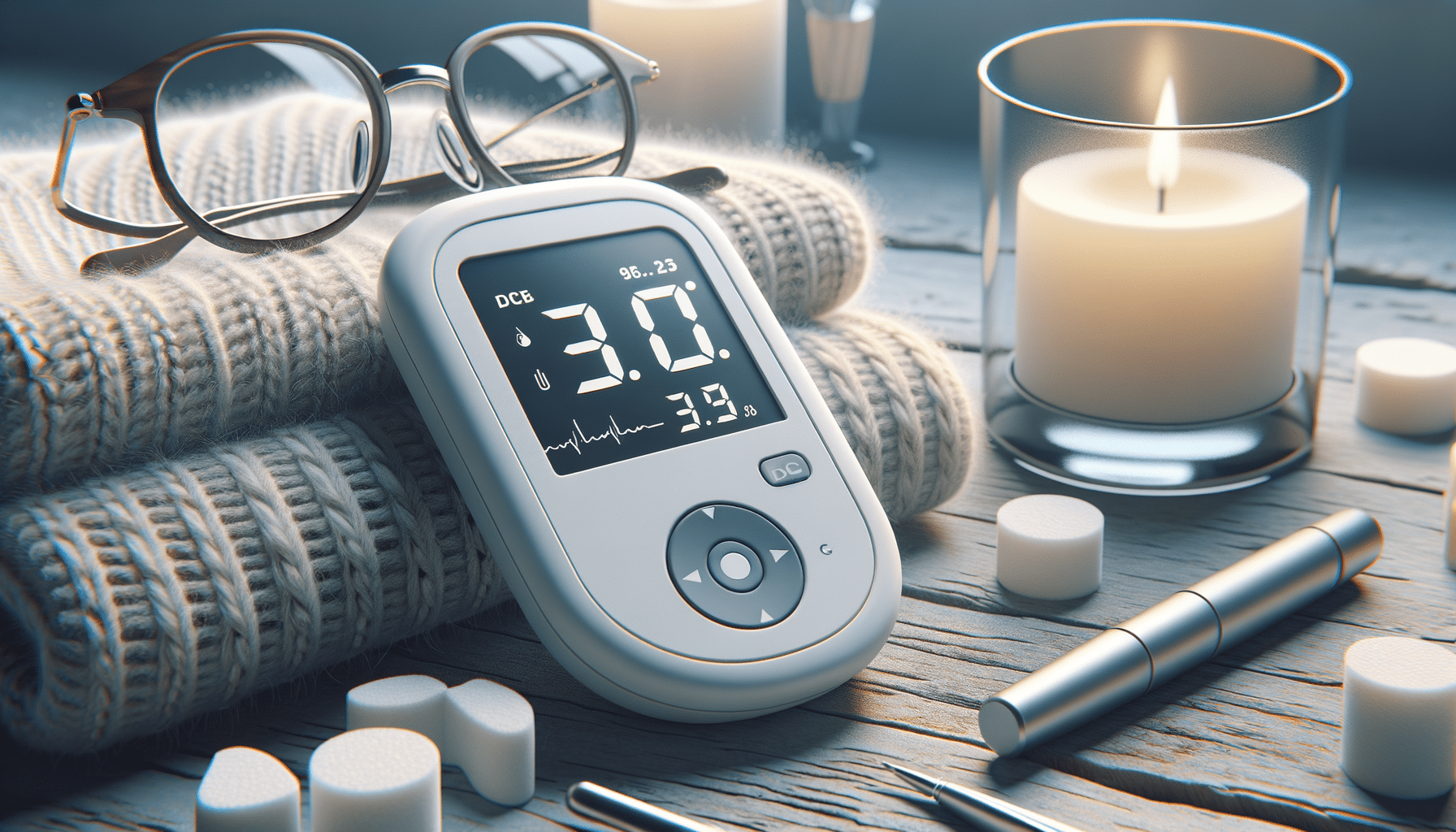
How Blood Sugar Monitors Can Help Older Adults?
Benefits of Blood Sugar Monitors for Older Adults
Blood sugar monitors are invaluable tools for older adults, providing a window into their health that can lead to improved quality of life. As individuals age, the risk of developing conditions like diabetes increases, making regular monitoring a key component of health management. The benefits of blood sugar monitors for older adults include timely detection of blood sugar fluctuations, which can help prevent complications associated with high or low blood sugar levels. These devices empower older adults to take charge of their health, offering them the ability to make informed decisions about diet, exercise, and medication. Additionally, blood sugar monitors can enhance communication with healthcare providers, as they provide accurate data that can be used to adjust treatment plans effectively. By using these monitors, older adults can maintain their independence and enjoy a higher quality of life.
Choosing the Right Blood Sugar Monitor for Older Adults
Selecting the appropriate blood sugar monitor is crucial for older adults to ensure ease of use and accurate readings. When choosing the right blood sugar monitor for older adults, several factors should be considered. Firstly, the monitor should have a large, easy-to-read display to accommodate any vision impairments. Secondly, the device should be simple to operate, with minimal buttons and straightforward instructions. It’s also important to consider the size of the blood sample required; smaller samples can be less painful and more convenient. Some monitors offer additional features like memory storage and data sharing capabilities, which can be beneficial for tracking trends and sharing information with healthcare providers. Lastly, cost and insurance coverage may influence the decision, as some devices and test strips can be expensive. By considering these factors, older adults can find a blood sugar monitor that fits their lifestyle and health needs.
Common Challenges Older Adults Face with Blood Sugar Monitoring and Solutions
While blood sugar monitoring offers numerous benefits, older adults may encounter several challenges when using these devices. Common challenges older adults face with blood sugar monitoring include difficulty handling small test strips, managing the technical aspects of the device, and maintaining consistent monitoring habits. Solutions to these challenges involve selecting devices specifically designed for ease of use, such as those with larger test strips and intuitive interfaces. Additionally, education and support from healthcare providers can help older adults understand how to use their devices effectively. Establishing a routine can also aid in consistent monitoring, ensuring that blood sugar levels are checked at the same times each day. Moreover, family members or caregivers can play a supportive role, assisting with monitoring and encouraging adherence to health management plans. By addressing these challenges, older adults can effectively incorporate blood sugar monitoring into their daily lives.


